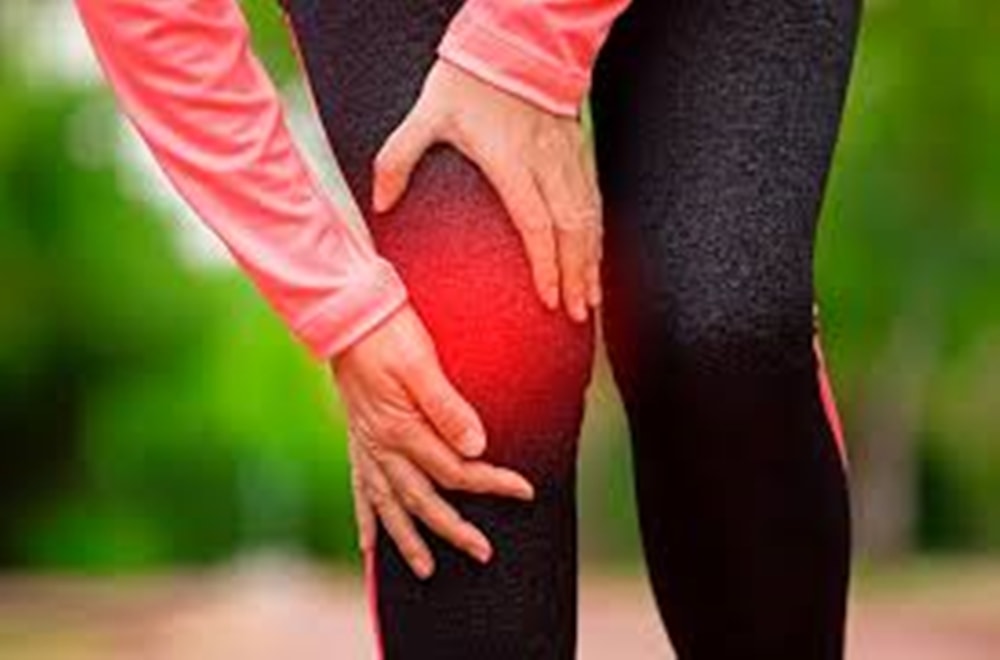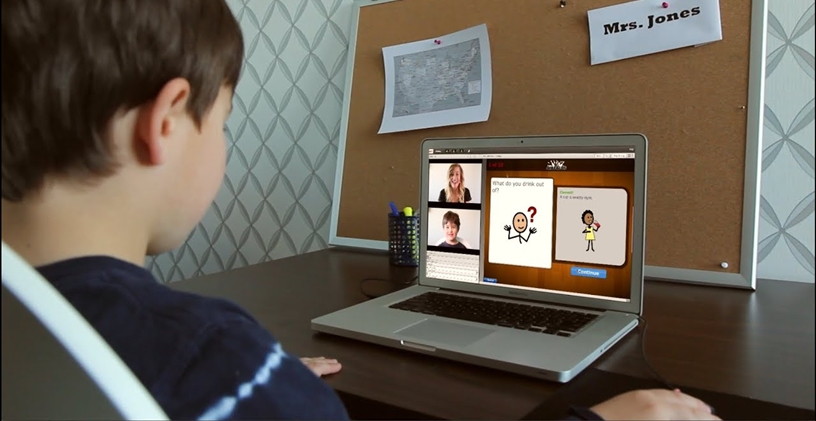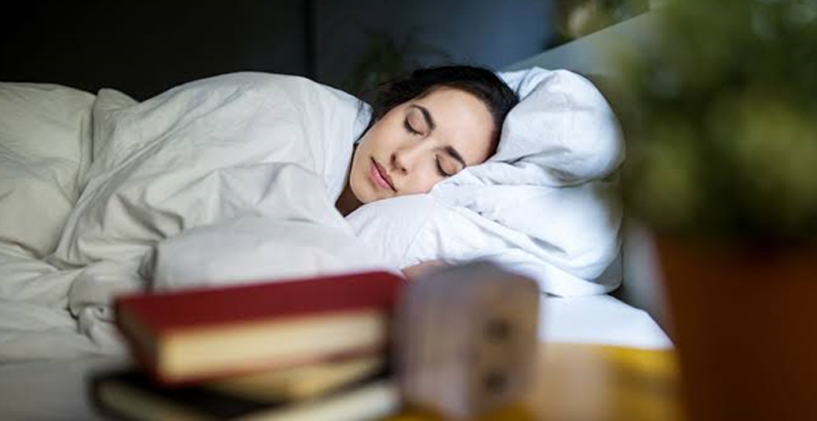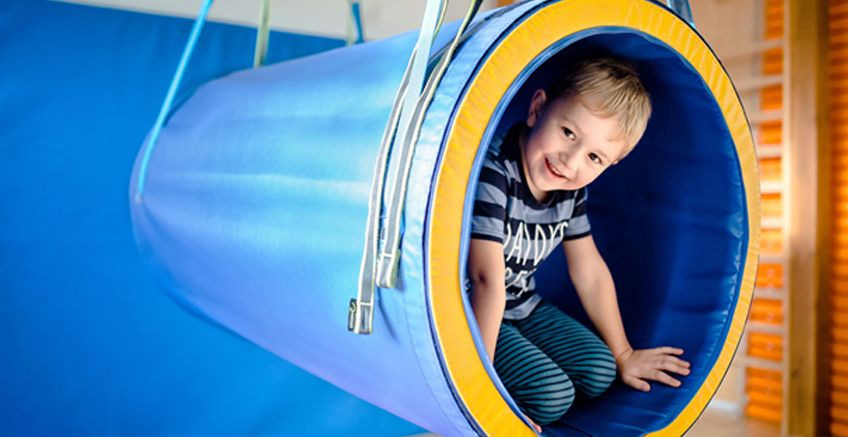Why You Feel Knee Pain When Twisting?

Twisting your knee can frequently lead to the development of pain in your joint. While this type of injury commonly affects the meniscus or knee ligaments, there are actually multiple different structures that can be affected.
Paying attention to your individual symptoms and their location can provide important clues that help diagnose the cause of your pain.
Overview of Knee Anatomy
The knee is made up of multiple important structures, many of which can be damaged when you twist your knee. The joint is located where the tibia (shin bone) and the femur (thigh bone) meet, with the patella (kneecap) resting in a boney groove on the top of it. In between the femur and the tibia are two C-shaped pieces of cartilage, called the meniscus, that help absorb the forces placed through your leg. The ends of the bones are also coated with a smooth, slippery covering called articular cartilage that helps with shock absorption and joint movement.
Several important ligaments connect from the femur to the tibia bone and provide stability to the knee as you move. These include the:
- Medial collateral ligament (MCL) on the inside
- Lateral collateral ligament (LCL) on the outside
- Anterior cruciate ligament (ACL)
- Posterior cruciate ligament (PCL) in the center of the joint
Many muscles also insert in the areas surrounding the knee. Among them are the quadriceps in the front of the thigh, the hamstrings in the back of the thigh, and the adductor muscles on the inside of the thigh.
Numerous fluid-filled sacs, called bursae, are also scattered throughout the joint. These structures help separate muscles from bones and reduce the friction associated with movement.
Diagnosing Knee Twisting Pain by Location
Because of the wide variety of anatomical structures in a relatively small area, it can be challenging to figure out which was injured after a knee twist. Fortunately, the location of your pain can help narrow down the cause of your symptoms.
Inside of the Knee
Reasons for pain inside of the knee are;
- Meniscus tear: This is one of the most common reasons for pain on the inside of the knee after a twisting injury. This type of acute cartilage injury typically leads to medial knee pain along with swelling that develops 24 to 48 hours after the incident. The condition can also cause locking or giving way of the knee and may prevent you from fully straightening your leg.
- MCL sprain: These are usually accompanied by pain on the inside of the knee and swelling shortly afterward. Depending on the severity of the injury, a popping sensation and leg instability may also be present.
- Osteoarthritis (OA): Awkwardly twisting your knee can aggravate preexisting conditions, like OA.
Kneecap
If you are experiencing pain near your patella after twisting it, several conditions could be causing your symptoms including:
- Patellar dislocation: Where the kneecap either partially or completely slips out of the groove that it normally rests in. This type of injury most frequently occurs in adolescents and usually causes pain in the front of the knee along with swelling and apprehension when bending or straightening the leg.
- Synovial plica syndrome (SPS): This condition occurs when the synovial plicae (inward folds in the tissue that lines your knee joint) become inflamed. While more commonly thought of as an over-use condition, SPS can occasionally occur after trauma and typically results in pain on the inside of the kneecap. The syndrome’s symptoms are usually aggravated by activities (like running or biking) that involve repetitive bending or straightening of the knee.
Outside of Knee
Like the corresponding structures in the medial knee, several different outer (lateral) knee structures can be affected by a twisting injury.
- Acute tear of the lateral meniscus: This type of cartilage condition usually causes pain over the outer joint, locking or giving way of the knee, and difficulty fully extending the leg. Swelling is also commonly seen 24 to 48 hours after a tear.
- The LCL sprain or tear after a twist: This occurs if the leg moves into a bow-legged or varus position. This condition usually causes pain and tenderness on the outside of the joint, more immediate swelling, and instability while bearing weight through the leg.
- Osteoarthritis in the lateral or outer portion of the knee: This may cause people to experience a flare-up of their condition after a twist. Like medial knee OA, this can lead to diffuse knee pain, stiffness after being sedentary, and soreness and swelling after longer periods of activity.
Referred Knee Pain
While knee pain is usually a sign of an injury within the joint itself, this is not always the case. Infrequently, a twisting injury can aggravate a more distant structure and cause pain to spread to this area. For example;
- Osteoarthritis in the hip: Like OA in the knee, this condition can be flared up by an acute leg injury. While hip arthritis most commonly leads to soreness in the groin, there is some evidence that shows it can also cause referred pain into the knee, the thigh, the butt, or even the lower leg.4 The referred knee pain from hip OA may also be accompanied by stiffness in the hip joint itself. This condition’s symptoms are typically worse with extended time on your feet or after getting up from sitting or lying down.
- Structures in the spine: The nerves that exit your spinal cord in your low (lumbar) back control the movement and sensation in your legs. Infrequently, a twisting injury can cause compression or irritation of one of these nerves and lead to referred pain in the area of the knee. This condition is known as lumbar radiculopathy and may be accompanied by numbness or tingling in the legs. In more severe cases, muscular weakness or leg instability may also occur.
Treatment
Early on after an acute twist injury, the RICE (Rest-Ice-Compression-Elevation) principle can be utilized to help control your pain and inflammation:
- Begin by frequently elevating the leg above your heart and taking a break from any activity that causes increased symptoms.
- Ice can also be consistently applied to the affected area for 10 to 20 minutes at a time and up to three or more times each day.
- Finally, a compressive bandage or sleeve may be placed on the knee to assist in relieving any swelling that is present.
After your knee pain has been properly evaluated by a physician, several conservative treatments may be helpful:
- Medications like NSAIDs or acetaminophen can help reduce the pain you are experiencing in your joint. Your doctor may also suggest a cortisone injection for short-term pain relief from an osteoarthritis flare-up or the use of a knee brace after a ligamentous injury.6
- Physical therapy can also assist in reducing the pain and disability associated with many different conditions, including ligament sprains, meniscal tears, osteoarthritis, SPS, and lumbar radiculopathy. Frequently, exercises focusing on strengthening the knee and hip muscles and on improving balance can be used to add support and stability to the injured area. Gentle stretching exercises may also be needed to improve the range of motion in your legs.
- Surgical intervention may be necessary following a more severe injury or one that cannot be properly addressed using the treatments above. In the case of a meniscal tear, this typically involves repairing or removing the damaged portion of the cartilage. For severe ligament tears or recurrent patellar dislocations, a graft may need to be arthroscopically placed to add stability to the injured area. Finally, in advanced cases of osteoarthritis, a total knee replacement may be performed to remove and replace the damaged portion of the joint.
When To See a Doctor
After an acute knee injury, it is important to seek medical attention as quickly as possible. This is especially true if your knee pain or swelling is getting progressively worse or if it is accompanied by weakness or instability in the leg. A thorough examination and occasionally an X-ray or MRI may be necessary to properly diagnose your condition. Following these steps, your doctor will be able to outline the various interventions that are available and develop an appropriate treatment plan.
References
This article is written by Tim Petrie. You can find the original version of this article from here.







